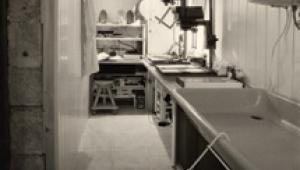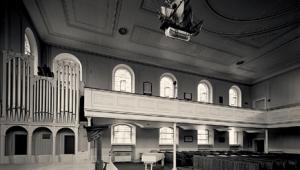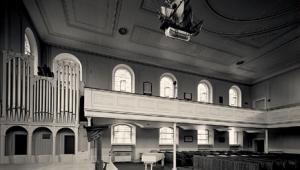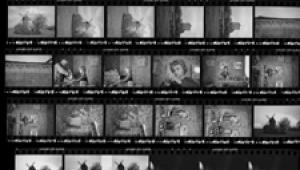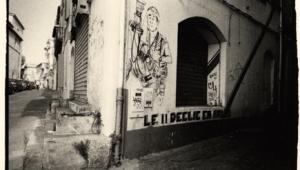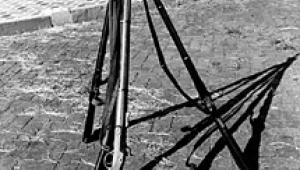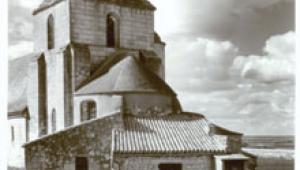Thanks for this instructive presentation. By reading this allocation I've gained quite handy lessons about the darkroom wall mounting enlargers, and such lessons will be helpful to fit any wall mount in my home.
tv installation
The Darkroom
Wall Mounting Enlargers
|
If you have a medium format
or a 35mm format enlarger, then you probably do not need to wall mount
your enlarger. However, if you have a 4x5 enlarger, you might want to
consider the benefits of wall mounting. Wall Mounting Tips |
- Log in or register to post comments


darkroom wall mounting enlargers are very helpful. Very informative article, thanks.
http://mymultimediatech.com/tv-installation/

